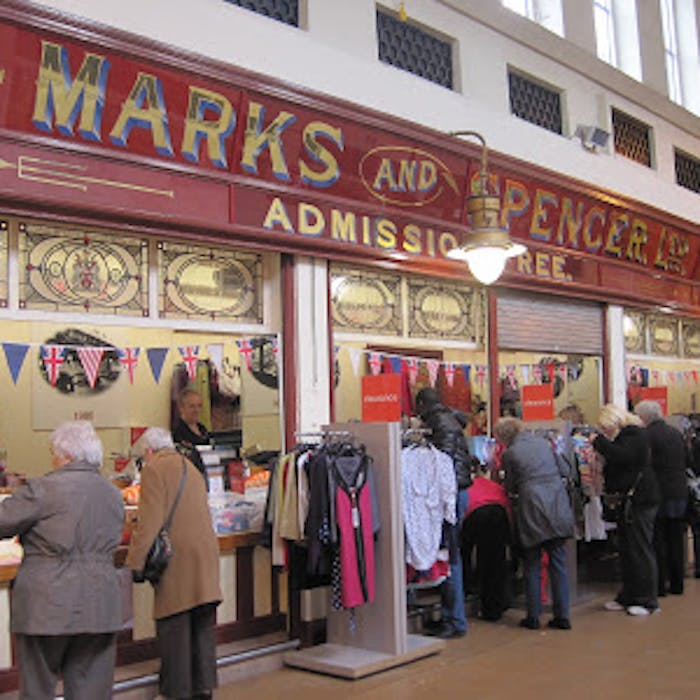
A national institution - Marks & Spencer
Iconic British retailer Marks and Spencer began life more than 130 years ago, when Polish Jewish immigrant Michael Marks came to England, and began life as a pedlar. His humble start on a market stall in Leeds grew into one of the nation's most beloved brands.
Marks arrived with little money, and as his business in Leeds' Kirkgate Market grew, he decided to look for a partner to help him. Isaac Dewhirst, who had loaned Marks the money towards his original start-up costs, was initially approached, but declined and recommended Tom Spencer, his senior cashier.
Spencer agreed, and Marks & Spencer was born in 1894. Its business success was based on complementary skillsets: Spencer not only invested £300 but also brought considerable experience in administration and accounts; whereas Marks had a flair for merchandise, selling and dealing with people extremely well.
Marks and Spencer called their new stores Penny Bazaars, keeping the penny price slogan and adding the words 'Admission Free' - now the norm, but unusual then. This was a successful marketing ploy, encouraging customers to browse without any obligation to buy. By 1900 Marks & Spencer had expanded to include 36 Penny Bazaar outlets, including high street stores, with the rest being market stalls. The original Marks and Spencers Penny Bazaar opened in 1895 and still survives in the Grainger Market in Newcastle, with real M&S products on sale! It remains Britain's oldest trading M&S retail site (pictured).
M&S did reopen a replica presence in Leeds' Kirkgate Market in 2013, but it's not been continued.. The M&S company archive is held at the University of Leeds, and is open to the public.
Today Marks & Spencer, or 'Marks & Sparks', as it is affectionately known, has 959 stores across the UK.
Further reading
Links to external websites are not maintained by Bite Sized Britain. They are provided to give users access to additional information. Bite Sized Britain is not responsible for the content of these external websites.
